10 Fun Facts About Raccoons That Explain Why They’re So Mischievous
Raccoons, with their distinctive black masks and ringed tails, have long captivated human imagination and curiosity. These nocturnal creatures are often seen as both charming and cunning, a combination that has earned them a reputation as the "bandits" of the animal kingdom. Their ability to adapt to urban environments and their seemingly mischievous antics have made them a subject of both affection and frustration among city dwellers. This article delves into the delightfully sneaky world of raccoons, exploring 10 captivating insights that unravel their mischievous charm and nocturnal antics. From their highly developed intelligence to their complex social behaviors, each section will shed light on the unique traits that make raccoons such fascinating creatures. As we journey through the following sections, prepare to uncover the secrets behind the raccoon's enigmatic allure and learn why these creatures continue to capture our hearts and minds.
1. The Intelligent Foragers: Raccoons' Cognitive Abilities
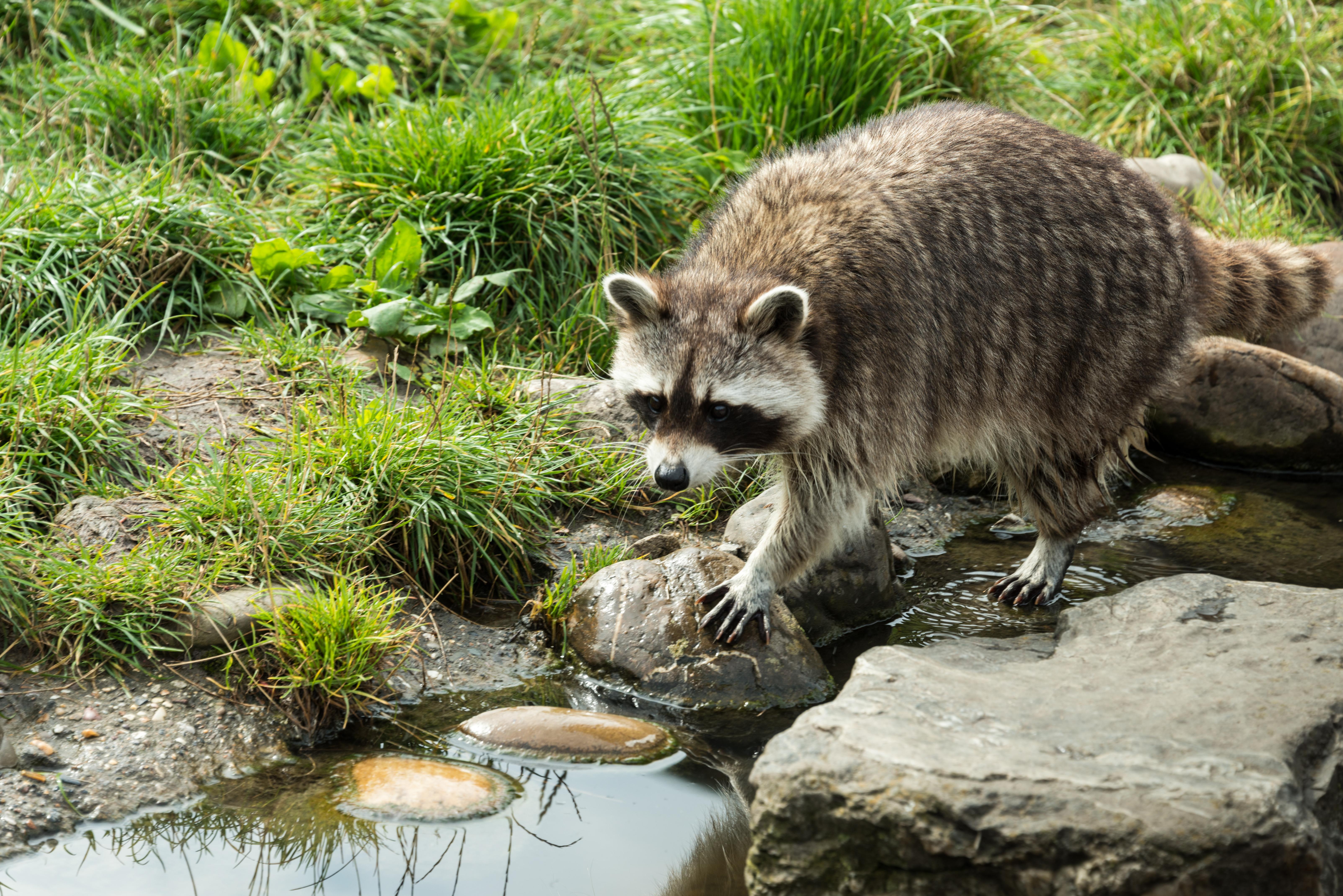
Raccoons are renowned for their intelligence, often compared to that of primates and dolphins. This cognitive prowess is evident in their problem-solving abilities and their capacity to learn from experience. Studies have shown that raccoons possess a remarkable memory, capable of recalling solutions to complex puzzles even after several years. This intelligence is not just for show; it plays a crucial role in their survival, particularly in urban environments where food sources can be unpredictable and require ingenuity to access. Their intelligence is also reflected in their ability to manipulate objects. Raccoons use their front paws much like humans use their hands, enabling them to open jars, untie knots, and even operate simple machinery. This dexterity allows them to exploit a wide range of food sources, from natural prey to human leftovers. By understanding the cognitive capabilities of raccoons, we gain insight into how they navigate their world and why they are such successful survivors in diverse habitats.
2. Nighttime Navigators: The Nocturnal Lifestyle
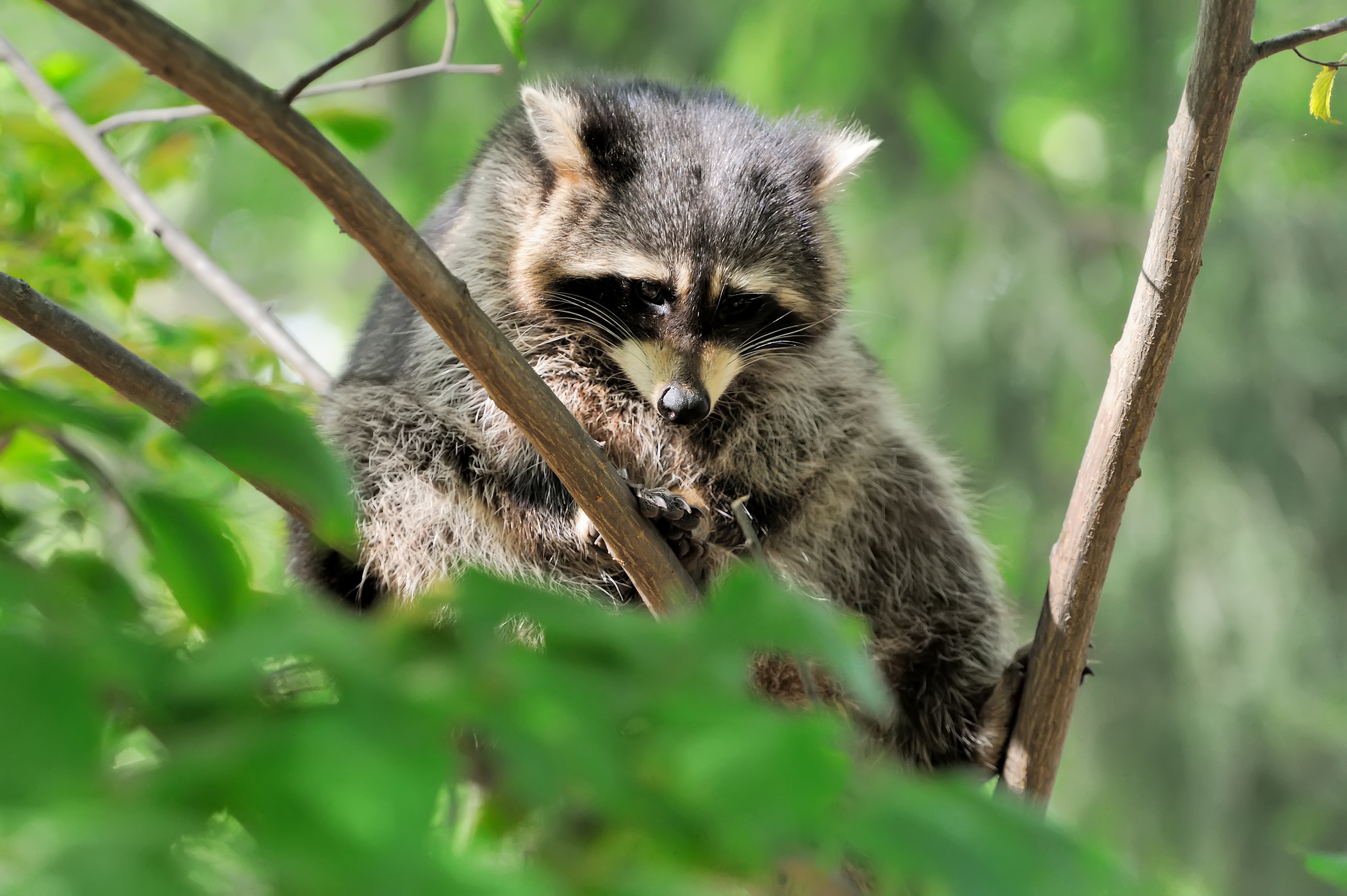
Raccoons are primarily nocturnal, with their peak activity occurring during the night. This nocturnal lifestyle offers several advantages, including reduced competition for food and decreased predation risk. Their keen night vision and acute sense of smell enable them to easily navigate the darkness, making them highly effective foragers under the cover of night. This adaptation is particularly beneficial in urban areas, where human activity diminishes after sunset, leaving the streets and alleys open for exploration. The nocturnal habits of raccoons also influence their social interactions and communication. They rely on a range of vocalizations, body language, and scent markings to communicate with one another in the dark. Understanding these behaviors provides insight into the complex social structures that raccoons maintain, even when humans are largely unaware of their presence. By embracing the night, raccoons have carved out a niche that allows them to thrive in environments that may otherwise be inhospitable.
3. Urban Survivors: Raccoons Adapting to City Life
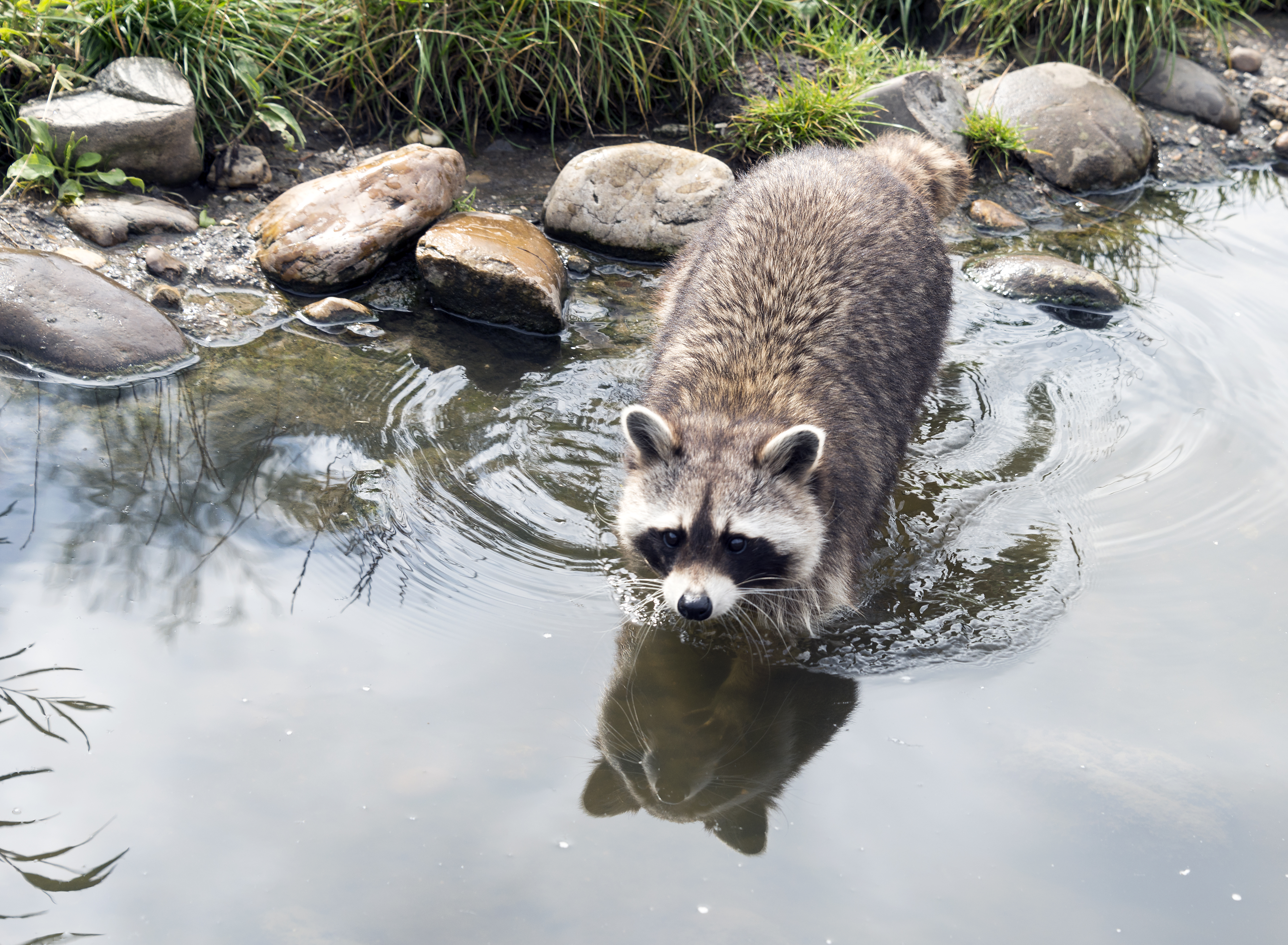
Raccoons have become quintessential urban dwellers, adapting remarkably well to city environments. Their ability to thrive in urban areas is a testament to their intelligence and adaptability. Cities provide a wealth of resources for raccoons, from food scraps to shelter opportunities in attics and under decks. These creatures have learned to navigate the urban jungle with ease, often seen as opportunistic scavengers that can exploit the wastefulness of human society. The presence of raccoons in urban settings is not without challenges, both for the animals and the humans who share these spaces with them. Conflicts can arise when raccoons raid garbage cans or take up residence in attics. However, by understanding raccoon behavior and implementing simple measures, such as securing trash bins and sealing entry points to homes, humans can mitigate these conflicts. The adaptability of raccoons in urban areas highlights their resilience and underscores the need for coexistence strategies that benefit both wildlife and city residents.
4. The Omnivorous Diet: Raccoons' Culinary Preferences
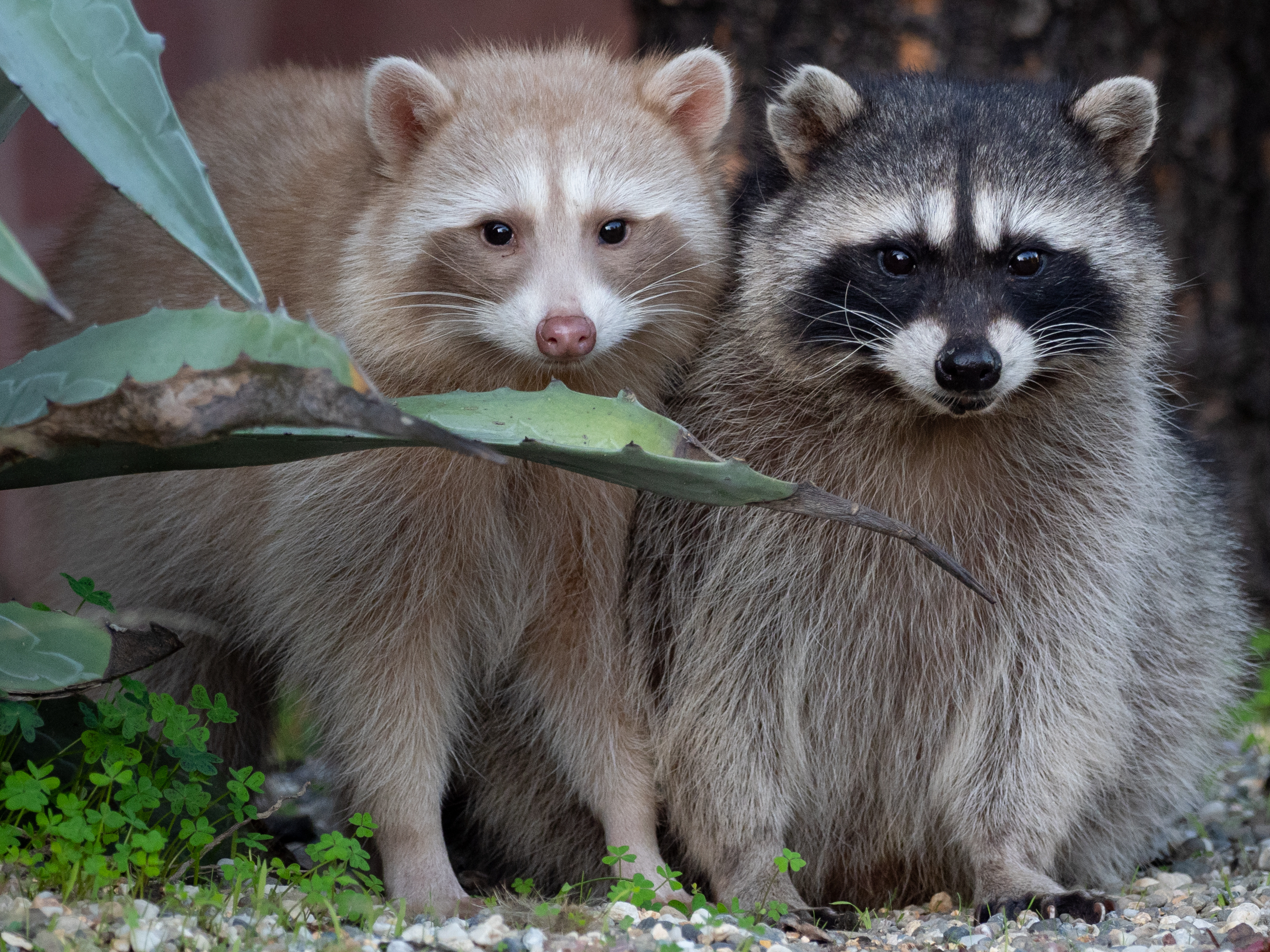
Raccoons are omnivores, meaning they have a diverse diet that includes both plant and animal matter. This dietary flexibility is a key factor in their success across various habitats. In the wild, raccoons consume a variety of foods, including fruits, nuts, insects, small mammals, and bird eggs. Their diet can vary significantly depending on the season and the availability of food sources, showcasing their adaptability and resourcefulness. In urban areas, raccoons have expanded their menu to include human food waste, which often provides a rich and reliable source of nutrition. This opportunistic feeding behavior has contributed to their success in city environments but also brings them into conflict with humans. By understanding raccoons' dietary needs and preferences, we can better appreciate their role in the ecosystem and develop strategies to minimize negative interactions. Encouraging responsible waste management and fostering awareness of raccoons' ecological contributions can help promote coexistence.
5. Social Structures: The Complex World of Raccoon Relationships
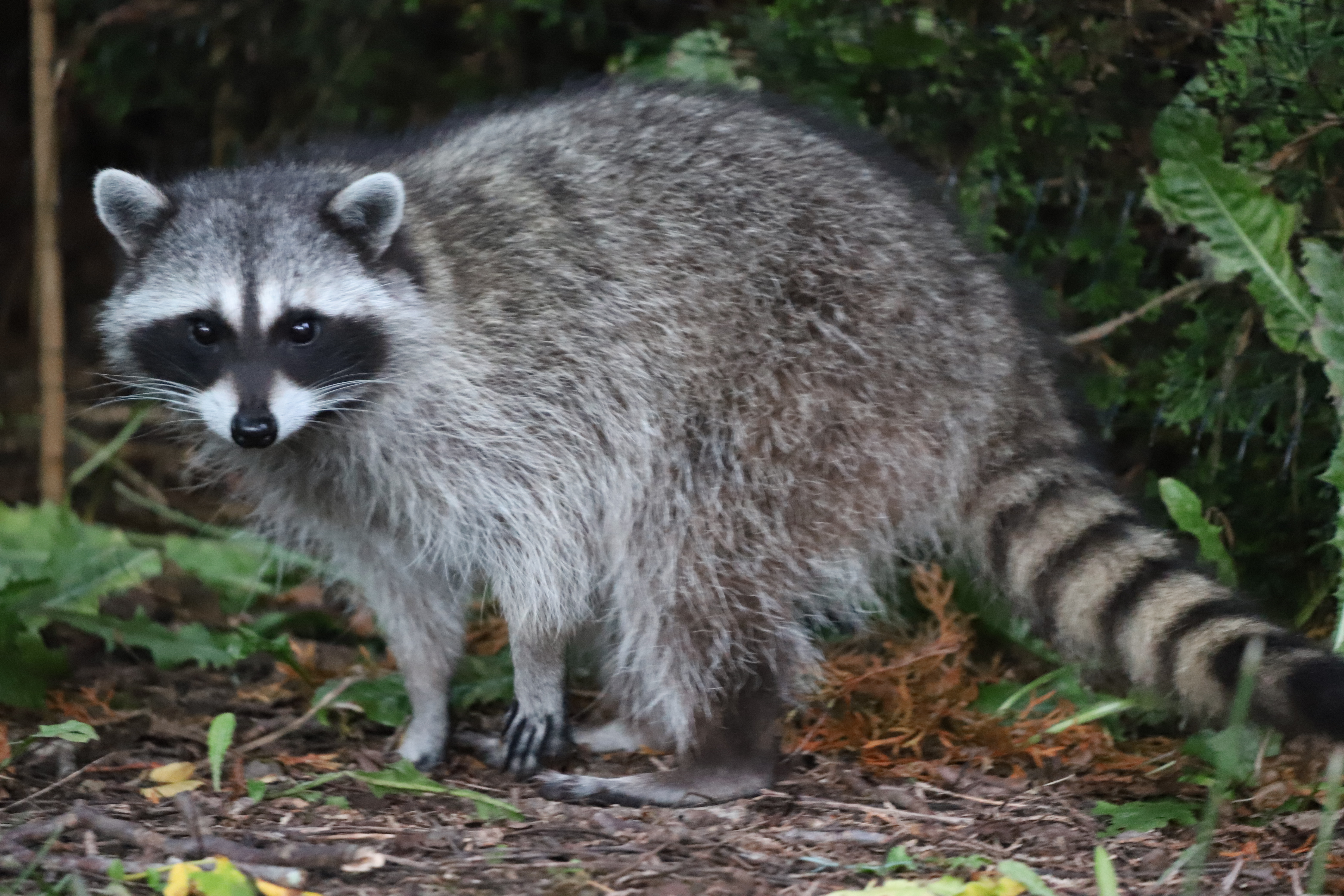
Raccoons are often perceived as solitary creatures, but they exhibit complex social behaviors that are essential for their survival. While adult raccoons typically forage alone, they maintain loose social networks, especially during the breeding season and when raising young. Female raccoons, known as sows, are particularly social, often forming groups with other females and their offspring. These groups provide mutual support and protection, enhancing the survival chances of their young. Communication plays a vital role in maintaining these social structures. Raccoons use a variety of vocalizations, including purrs, growls, and screams, to convey information and establish social bonds. Scent marking is another important form of communication, allowing raccoons to define territories and identify individuals. By exploring the social dynamics of raccoons, we gain a deeper understanding of their behavior and the intricate relationships that shape their lives.
6. The Art of Disguise: Raccoons' Iconic Mask and Its Function
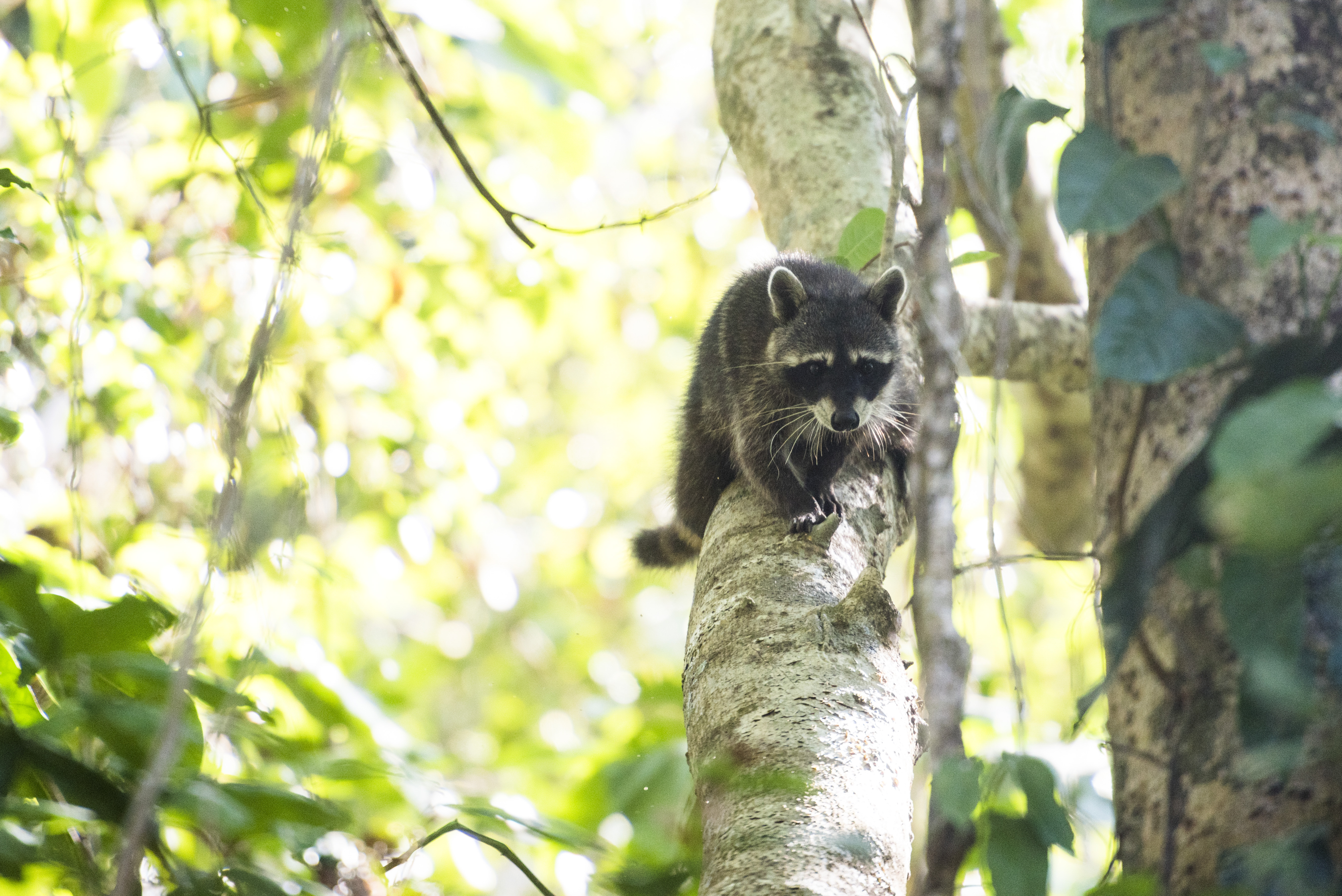
The raccoon's most distinctive feature is undoubtedly its black facial mask, which has become synonymous with its "bandit" persona. This mask is more than just a striking visual characteristic; it serves several important functions that aid in the raccoon's survival. The dark fur around their eyes helps reduce glare and enhance their night vision, allowing them to see more clearly in low-light conditions. This adaptation is crucial for a nocturnal animal that relies on keen eyesight to forage and navigate in the dark. The mask also plays a role in communication, as facial expressions are an important aspect of raccoon interaction. The contrast provided by the mask highlights the movements of their eyes and facial muscles, making it easier for raccoons to convey emotions and intentions to one another. This visual communication is particularly important during social interactions and when establishing dominance hierarchies. By understanding the functional significance of the raccoon's mask, we can appreciate the evolutionary adaptations that have contributed to their success as nocturnal foragers.
7. The Role of Raccoons in the Ecosystem: Nature's Cleanup Crew
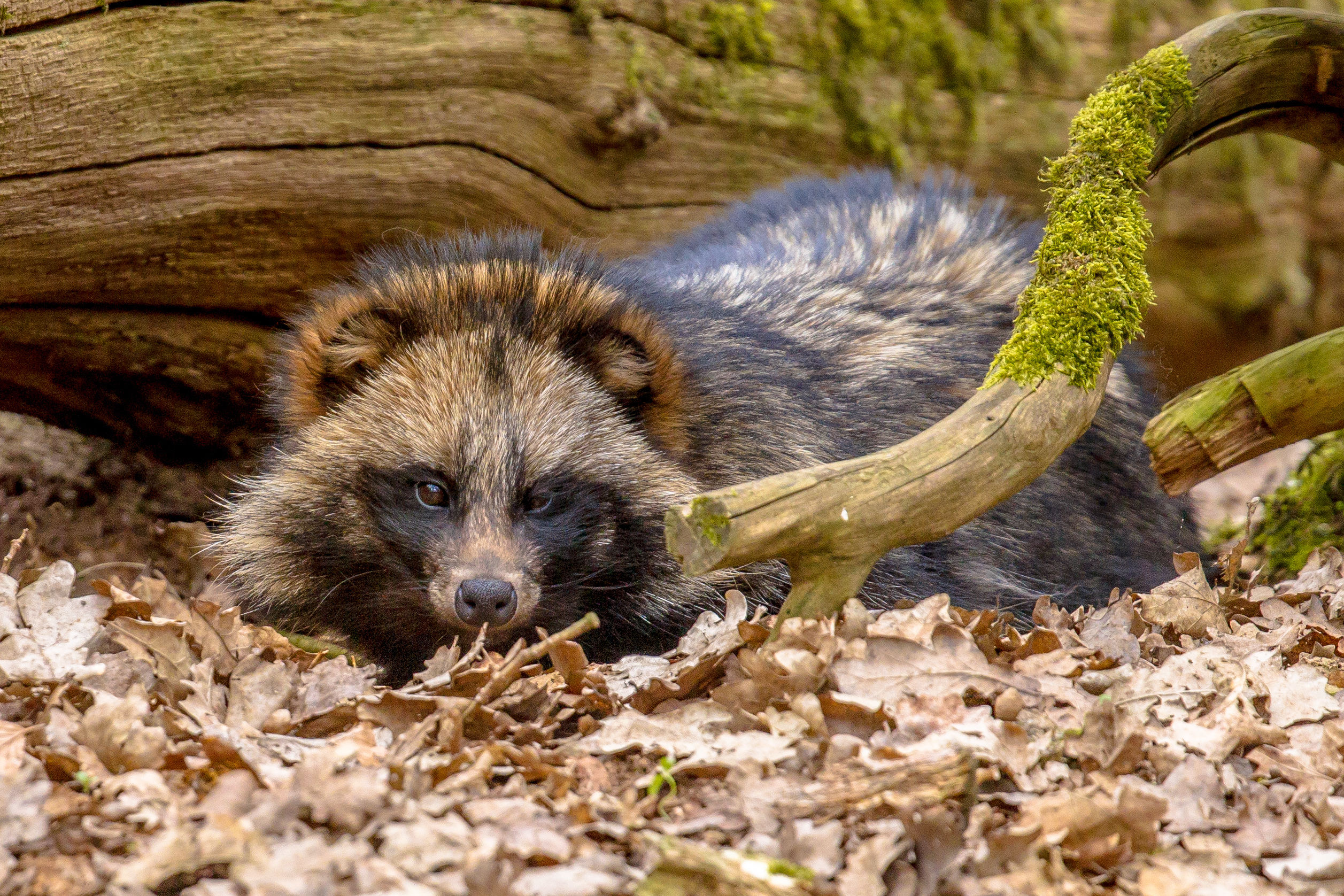
Raccoons play a vital role in the ecosystems they inhabit, acting as both predator and prey. As omnivores, they help control populations of insects, small mammals, and other prey species, contributing to the balance of their ecosystems. Their foraging activities also aid in seed dispersal, as they consume fruits and berries and subsequently deposit seeds in different locations through their droppings. This process helps promote plant diversity and regeneration in their habitats. In urban environments, raccoons often serve as nature's cleanup crew, scavenging for food waste and helping to reduce the amount of organic material that ends up in landfills. While their scavenging behavior can sometimes lead to conflicts with humans, it also highlights their important ecological role. By recognizing the contributions raccoons make to their ecosystems, we can develop a greater appreciation for these creatures and the services they provide, both in natural and urban settings.
8. Challenges and Threats: The Perils Raccoons Face
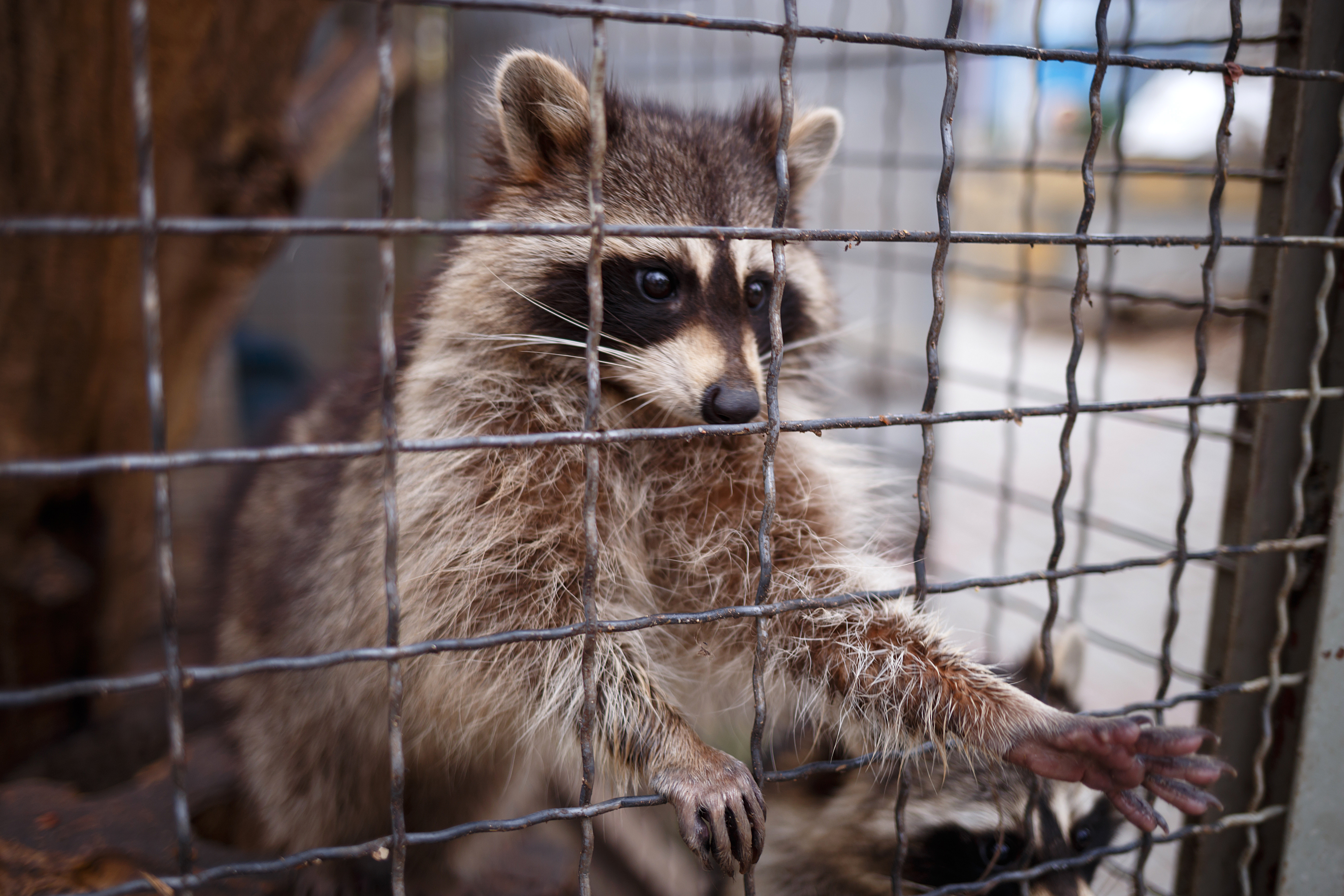
Despite their adaptability and resilience, raccoons face a range of challenges and threats in both natural and urban environments. Habitat loss due to urbanization and agricultural expansion is a significant concern, as it reduces the availability of suitable living spaces and food sources. In urban areas, raccoons are often at risk of vehicle collisions, which can result in injury or death. Additionally, conflicts with humans, such as those arising from raiding garbage bins or nesting in attics, can lead to negative outcomes for raccoons, including trapping and relocation. Raccoons are also susceptible to a variety of diseases, including rabies and canine distemper, which can have devastating effects on local populations. These diseases not only impact raccoon health but also pose risks to other wildlife and domestic animals. Conservation efforts and public education are essential to address these challenges and ensure the long-term survival of raccoon populations. By understanding the threats raccoons face, we can take steps to protect these fascinating creatures and promote coexistence.
9. Conservation and Coexistence: Strategies for Harmonious Living
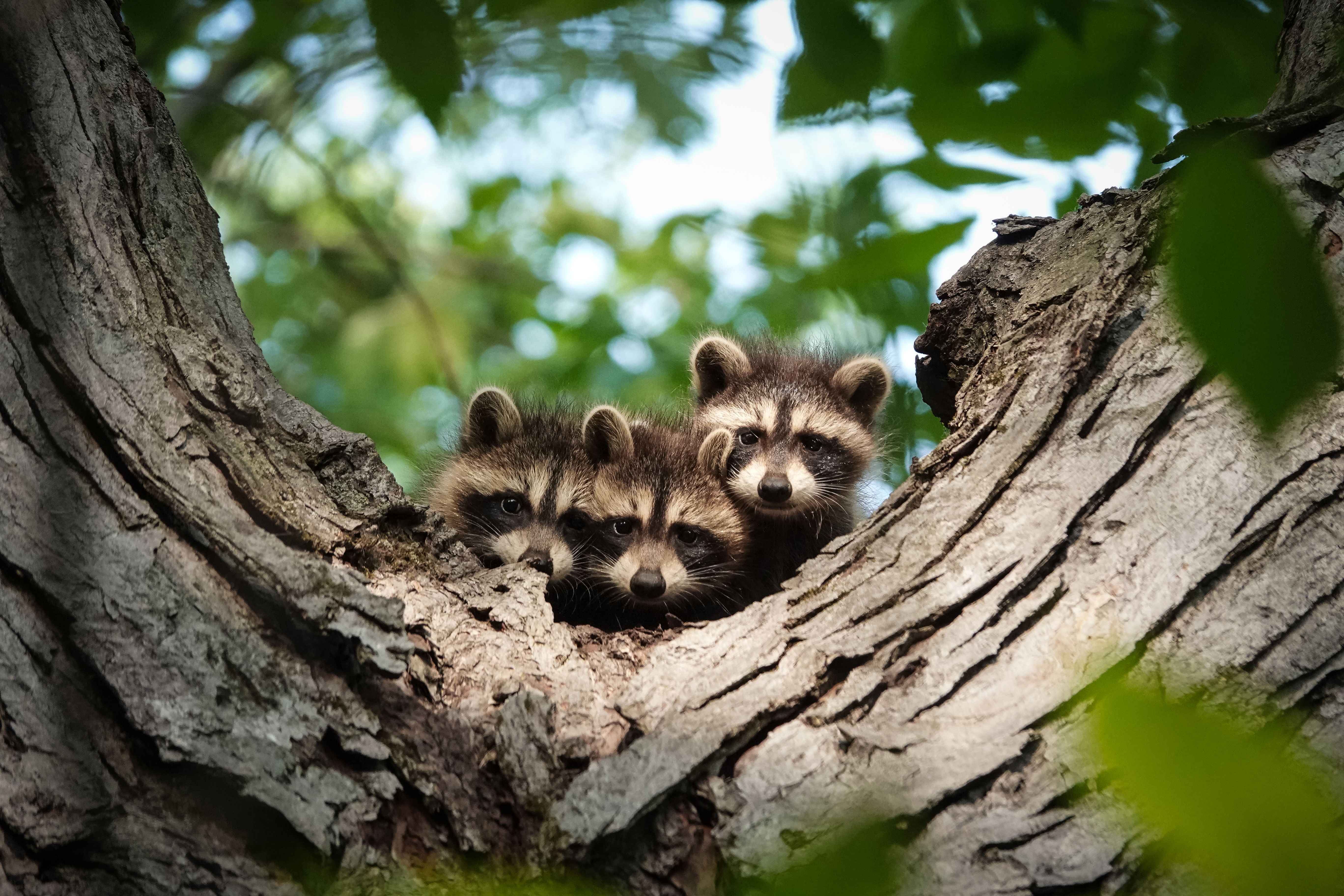
As raccoons continue to adapt and thrive in diverse environments, it becomes increasingly important to develop strategies for coexistence that benefit both raccoons and humans. Conservation efforts should focus on preserving natural habitats and promoting biodiversity, ensuring that raccoons have access to the resources they need to survive. In urban areas, public education campaigns can raise awareness about raccoon behavior and encourage responsible waste management to reduce conflicts. Simple measures, such as securing trash bins, sealing entry points to homes, and using deterrents to keep raccoons away from gardens, can help minimize negative interactions. Additionally, wildlife rehabilitation centers play a crucial role in caring for injured or orphaned raccoons and educating the public about their ecological importance. By fostering a greater understanding of raccoons and their role in the ecosystem, we can promote harmonious living and ensure that these intriguing creatures continue to thrive.
10. Cultural Significance: Raccoons in Folklore and Popular Media

Raccoons have long held a place in human culture, appearing in folklore, mythology, and popular media. In many Native American cultures, raccoons are seen as symbols of curiosity, resourcefulness, and adaptability, often portrayed as cunning tricksters in traditional stories. These tales highlight the raccoon's intelligence and ability to navigate complex situations, reflecting the traits that make them successful survivors. In modern popular media, raccoons have continued to capture the public's imagination. From animated films to children's books, raccoons are often depicted as lovable rogues, using their wits to outsmart their adversaries. These portrayals have contributed to their enduring appeal and have helped shape public perceptions of raccoons as charming yet mischievous creatures. By exploring the cultural significance of raccoons, we gain insight into the ways these animals have influenced human storytelling and continue to inspire our imaginations.
By understanding the unique traits and ecological roles of raccoons, we can foster a greater appreciation for these enigmatic creatures and the challenges they face. Through conservation efforts, public education, and coexistence strategies, we can ensure that raccoons continue to play a vital role in our ecosystems and remain a source of inspiration in our cultural narratives. Embracing the mischievous charm of raccoons allows us to celebrate their place in the natural world and recognize the importance of living in harmony with the wildlife that surrounds us.







